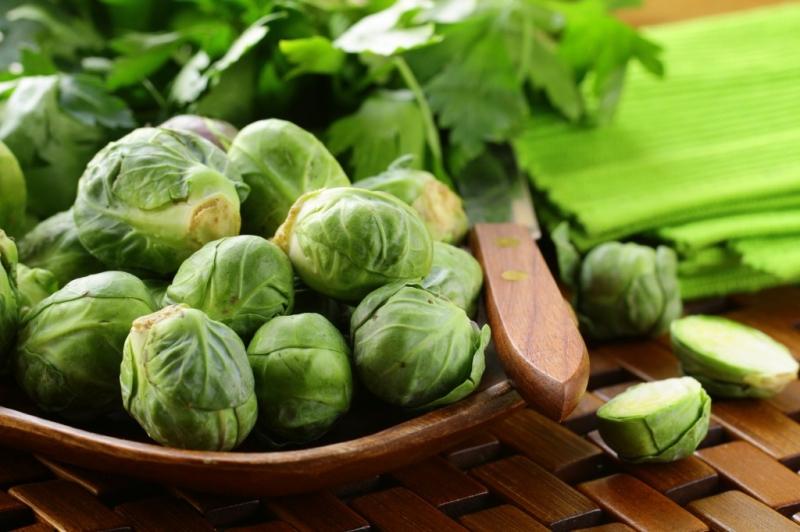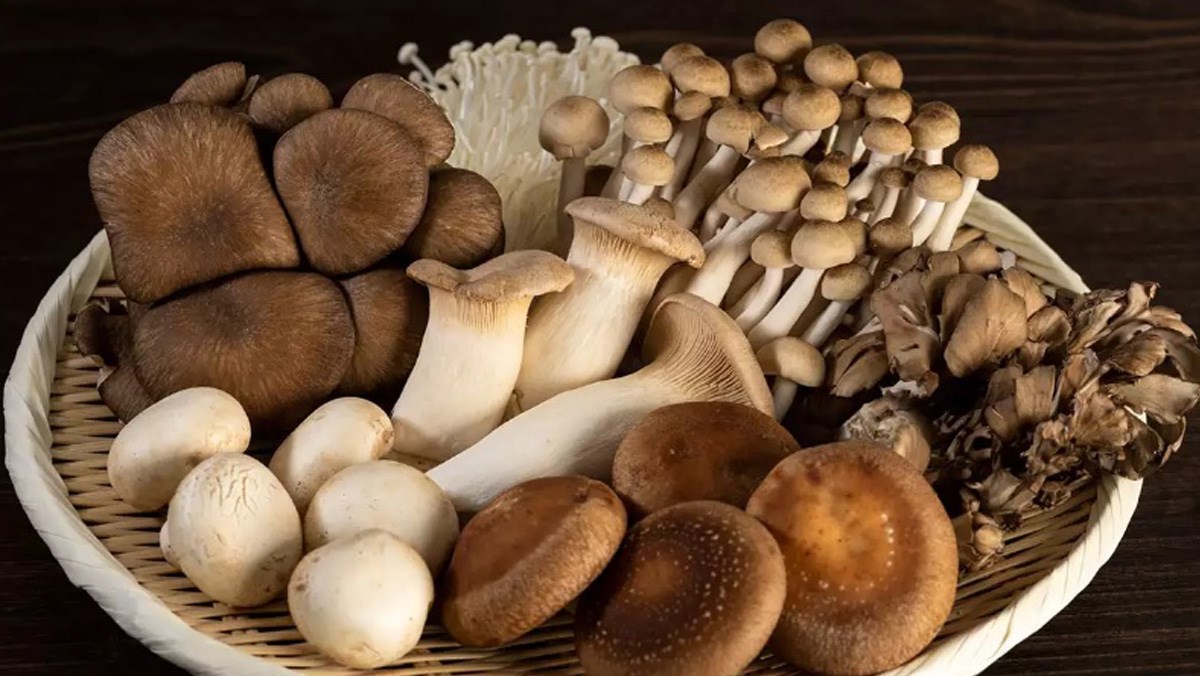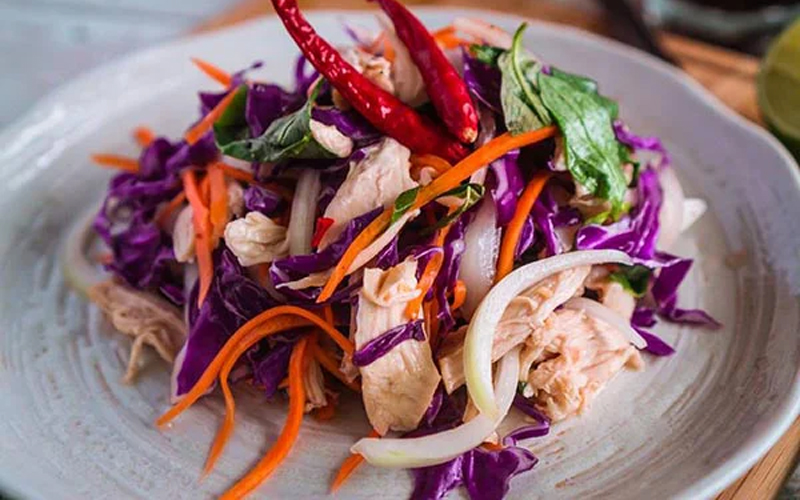1. Asparagus
Asparagus is one of the vegetables that acts as a prebiotic, feeding the beneficial bacteria that live in the digestive system. Asparagus is also high in folate and is a useful contributor to iron intake.
2. Green beans
Green beans are a popular vegetable and are loved by many people because of their delicious taste and high nutritional value.
Green beans are rich in nutrients and minerals such as iron, manganese and potassium, as well as B vitamins that support nerve and brain function. They are also rich in fiber, including resistant starch, which resists digestion and is used as a food source by the beneficial bacteria living in the gut. Green beans are also rich in antioxidants, which help support the immune system and control blood sugar levels.
3. Beetroot
Rich in natural nitrates, beets are heart-friendly because nitrates help improve blood flow by relaxing blood vessels, reducing arterial stiffness, and promoting dilation. This directly reduces blood pressure. Nitrates can also aid exercise endurance and potentially improve athletic performance.

Beets help lower blood pressure.
4. Broccoli
Cruciferous vegetables like broccoli and cabbage contain a plant compound called indole-3-carbinol (I3C). It acts like a plant estrogen and may help balance hormones by regulating estrogen levels.
Research on I3C has shown promise in reducing the risk of estrogen-induced breast and reproductive cancers in both men and women, although more research is needed in this area.
5. Brussels sprouts

Brussels sprouts are good for heart health.
In addition to providing more essential nutrients per calorie than most other vegetables, Brussels sprouts are particularly rich in the plant compound kaempferol. This antioxidant has been studied for its many health-promoting properties, including benefits for heart health.
6. Pumpkin
Research has shown that phytonutrients, including zeaxanthin and lutein, help protect eye health, and pumpkin contains both of these carotenoids.
Beta-carotene is also found in pumpkin, which is converted to vitamin A in the gut and plays an important role in immune health, which is especially beneficial for older adults.
7. Carrots
Renowned for improving eye health, carrots are a good source of lutein and zeaxanthin, which protect the retina from UV rays and reduce the risk of cataracts. Carrots are rich in beta-carotene, which the body converts into vitamin A for a strong immune system, healthy vision and skin.
8. Cauliflower
Cauliflower is a rich source of choline, an essential nutrient that is good for mood, memory, and recall. Choline is a key component of acetylcholine, a chemical messenger involved in transmitting signals to the central nervous system. Like broccoli and cabbage, cauliflower also provides the detoxifying sulforaphane, which has many health benefits.
9. Celery
Although celery is high in water and fiber, it is rich in vitamins, minerals, and plant compounds including flavonoids. These support heart health, liver function, and may help control blood sugar levels.
10. White radish
With fewer calories and more magnesium than kale, radishes are an unsung hero for iron and vitamin C. Animal studies suggest radishes may have beneficial effects on diabetes, although more research is needed to assess the relevance to humans.
11. Garlic
Much of the medicinal benefits of garlic are due to allicin, an active sulfur-containing compound that gives garlic its pungent smell and distinctive flavor. Many studies have focused on garlic's potential to reduce the risk of heart disease and help control cholesterol levels. Garlic also helps lower blood pressure by dilating blood vessels, allowing blood to flow more easily.
12. Kale
A popular “superfood,” kale contains twice as much vitamin C as spinach (although spinach has twice as much vitamin E). Its plant compounds include beta-carotene, all of which are important for supporting a healthy immune system.
Kale is also a good plant-based source of calcium, which is needed for strong bones and teeth, and its low oxalate content makes calcium more easily absorbed. Its significant amount of vitamin K works with vitamin D to support bone health.
13. Mushrooms
Mushrooms are one of the few non-animal sources of vitamin D. They also contain active polysaccharides, one of which is beta-glucan, a type of soluble fiber. This compound activates parts of the immune system, including immune cells called natural killer cells and white blood cells called macrophages, both of which increase the body's ability to fight infection and may even prevent the growth or progression of tumors.

Mushrooms are rich in plant-based protein and vitamin D.
14. Onion
Onions contain many plant chemicals, including flavonoids, which have antioxidant and anti-inflammatory effects. When consumed regularly and in sufficient amounts, these compounds may help protect against chronic diseases, such as cancer and diabetes.
Onions are one of the richest dietary sources of flavonoids, containing more than 25 different types. One of these, quercetin, has antiviral and antihistamine properties. Avoid peeling too much when using onions, as quercetin is found in the outer layers of the onion.
15. Peas
Peas are a great source of nutrients. Not only are they a source of protein, they also contain minerals, including magnesium and potassium, which help control blood pressure.
Peas are also rich in fiber, which supports digestive health and fuels beneficial gut bacteria. Most of the fiber is in the form of soluble fiber, which helps relieve constipation. Experts say that eating more fiber is associated with a reduced risk of several diseases, including obesity, type 2 diabetes, heart disease, and cancer.
16. Bell peppers
Rich in beta-carotene, which is converted to vitamin A in the body, bell peppers are immune-friendly. Red, orange, and yellow fruits and vegetables are especially rich in carotenoids, lutein, and zeaxanthin. When eaten in adequate amounts, they may help reduce the risk of cataracts and age-related macular degeneration.
17. Purple cabbage
Known for its cancer-fighting compounds, purple cabbage is also great for your heart and digestive system. Plant compounds called anthocyanins give purple cabbage its beautiful color and also have antioxidant properties that protect the body. As a cruciferous vegetable, like cauliflower or broccoli, purple cabbage is especially rich in antioxidant nutrients such as vitamins C, E, and carotenoids.

Purple cabbage has an attractive color and great antioxidants.
18. Spinach
Spinach has long been considered an energizing, revitalizing, and blood-boosting vegetable. However, spinach is rich in non-heme iron, which is not easily absorbed in the gut. The high oxalic acid content of spinach also inhibits iron absorption. Light cooking or boiling can help minimize these effects, or eating it with foods rich in vitamin C can increase absorption.
19. Sweet potatoes
Sweet potatoes are incredibly nutritious and rich in fiber, which has been shown to promote healthy digestion. The high levels of plant sterols (phytosterols) found in sweet potatoes have been shown to help prevent and control duodenal and gastric ulcers.
20. Watercress
Watercress is a leafy green vegetable in the brassica family that is rich in isothiocyanates, which may help protect against cancer. These compounds appear to be effective in preventing colon and prostate cancers, and may also inhibit the growth of breast cancer. Watercress is also rich in antioxidant polyphenols, which may play a role in fighting chronic diseases associated with aging.
Associate Professor, Dr. Nguyen Thi Lam - former Deputy Director of the National Institute of Nutrition recommends that adults should consume an average of 400g of green vegetables per day, depending on each person, eating from 100-300g of ripe fruit helps provide vitamins such as C, E, A, beta-carotene...
Source: https://giadinh.suckhoedoisong.vn/top-20-loai-rau-cu-tot-nhat-cho-suc-khoe-172240618220936223.htm


































































![[Photo] National Assembly Chairman Tran Thanh Man receives Chairman of Morocco-Vietnam Friendship Association](https://vphoto.vietnam.vn/thumb/402x226/vietnam/resource/IMAGE/2025/7/26/b5fb486562044db9a5e95efb6dc6a263)



































Comment (0)